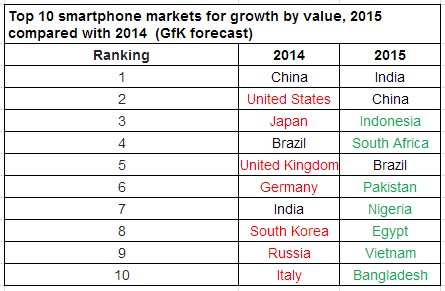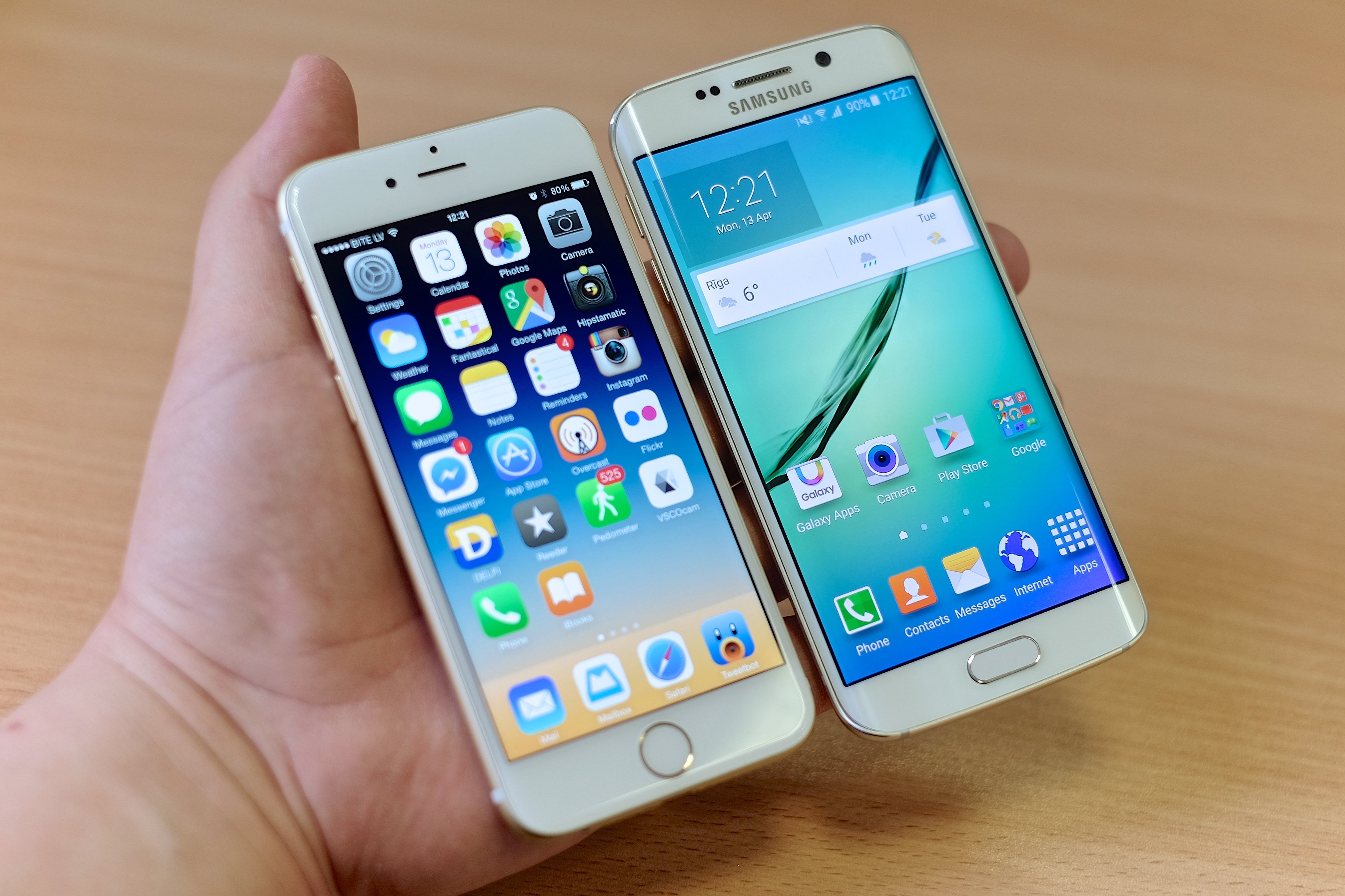
A substantial factor of Android’s previous success (2012) was its revolutionary screen size. Today, the iPhone has nullified such previous advantages. (Inquirer)
by: Tyler Chiu
10/04/2015
Since 2012, the Android smartphone has dominated the OS smartphone markets in the United States unmolested, crushing the sales of the Apple’s iPhone and nearly obliterating the Windows phone completely. Nevertheless, Apple finally reclaimed its title in the fourth quarter of 2014 when iOS devices accounted for 47.7% of the American smartphone market, a 0.01% victory over all the Android OEM devices combined. As of October 2015, Apple continues to maintain its double digit lead over the next leading smartphone manufacturer Samsung thanks to the unparalleled success of the iPhone 6 and its big brother, the iPhone 6 Plus. To make matters worse for Google’s operating system, Android’s overall share in the big 5 European market shrank by 3.8% during the same time frame of iOS’s resurgence in the American market, giving analysts the justification of an Android decline.

A forecast by the German market research institute GFK SE displays the smartphone market growth projection for the 2015 annum. The trend that is impending is the overtaking of the growth in the smartphone market by emerging markets. (GFK SE)
Although Android is seemingly in a strenuous predicament, the solution to their problem is exceedingly simple. The growth of the inexpensive smartphone is ineluctable with the emergence of the accessibility to technology in developing countries such as India, Pakistan and Indonesia. With a multitude of smartphones ranging from $30-$50 provided by companies such as BLU, the majority of the working class that receives a stipend upwards of $2000 will be able to afford such new-found luxury. Ultimately, Google needs to overcome this minor speed bump via the decrease of the licensing fees of the operating system that are incurred through third-party specialist firms, thus allowing companies within emerging markets to overcome this crucial barrier to entry and effectively increasing the distribution, sales and market share of the inexpensive Android smartphone worldwide.
